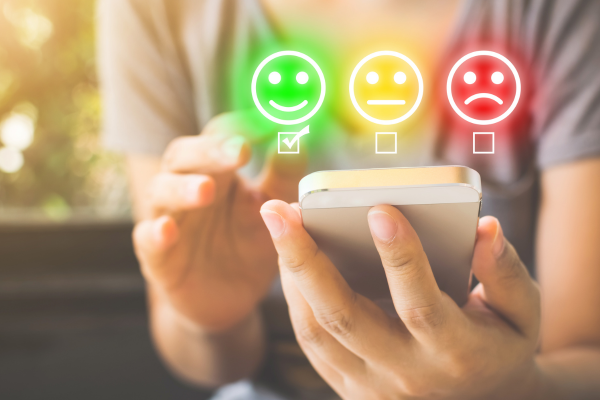Let’s be honest - today’s shoppers don’t just appreciate personalisation, they expect it. If your brand isn’t speaking directly to their wants and needs, you’re already losing ground to competitors who are.
In a world of infinite choice, personalisation is how you stand out. It’s not magic (though it can feel like it). It’s about using the right data, tech, and tactics to create experiences that feel tailored, timely, and totally relevant. Here's how to make it happen.
Step 1: Get to Know Your Customer (Really Know Them)
You can’t personalise what you don’t understand. That means gathering rich, reliable data from every corner of the customer journey - both online and offline.
🔍 Online Behaviour
Track the basics - pages visited, products viewed, what made it to the cart but didn’t quite cross the finish line. Tools like cookies and pixels help here, but be sure to stay on the right side of privacy regulations.
🛒 In-Store Interactions
Retail isn’t all digital. Use loyalty cards, point-of-sale data, or quick surveys to capture in-store preferences. Even better: link online and offline behaviour for a 360° view.
💬 Social Media Engagement
Social channels are goldmines for understanding your audience’s interests. Pay attention to what people are liking, sharing, commenting on - or sliding into your DMs about.
📌 Pro tip: Store everything in a good CRM. It keeps your data organised, connected, and actionable - because spreadsheets just won’t cut it anymore.
Step 2: Make Sense of the Data and Segment Smartly
Once the data’s in, it’s time to dig deep. Look for patterns. Group customers by behaviour, purchase history, interests, or even how often they visit your site or store.
🎯 Segmentation That Actually Works
Not all customers are created equal. Segment your audience into meaningful groups - like loyal repeat buyers, first-time browsers, or folks who only shop during sales.
✉️ Tailored Marketing That Hits Home
Now you can speak directly to each segment. Send product recommendations based on their purchase history. Nudge high-value customers with early access to new collections. Offer discounts to win back the ones who’ve gone quiet. It’s not just personalisation - it’s smart marketing.
Step 3: Activate Personalisation Tools That Do the Heavy Lifting
With the right setup, your tools can do most of the work - automatically delivering personalised content, offers, and experiences at scale.
📬 Personalised Emails
The classic, but still gold. Trigger emails based on behaviour - like abandoned carts or viewed products - and make sure they’re packed with relevant suggestions. The more personal, the better the results.
🖥️ Dynamic Website Content
Why show everyone the same homepage? Use dynamic content to tailor what each visitor sees - based on what they’ve browsed, bought, or clicked on before.
🧠 Smart Recommendation Engines
Let AI do the matchmaking. These tools predict what customers might love next, increasing the chances they’ll add just one more thing to their basket.
🏆 Loyalty Programmes That Feel Like VIP Clubs
Ditch the one-size-fits-all discounts. Reward customers based on their personal preferences - like surprise treats on their favourite products or early access to collections they’ve shown interest in.
TL;DR: Make It Personal, or Risk Being Ignored
Retail personalisation isn’t just a nice-to-have. It’s how modern brands earn attention, loyalty, and sales. With the right data, smart segmentation, and some clever automation, you can create experiences that feel one-to-one - even if you're speaking to thousands.
.png?length=1920&name=Untitled%20design%20(2).png)

